Bygones: 1968 and all that...how Yorkshire husband and wife drove Coe amid Black Power protests
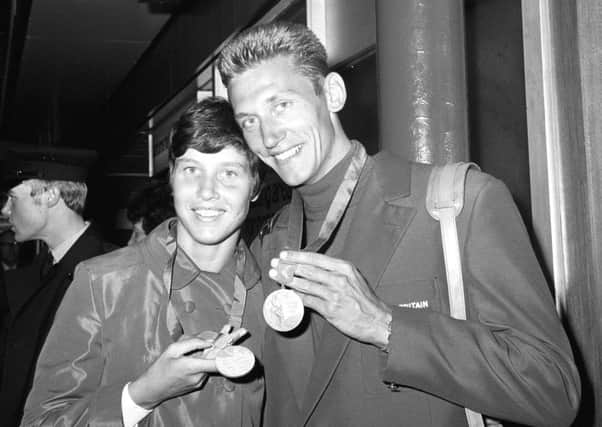

“When I was 12, I was marched into a large school hall with my classmates,” begins Coe in his address to the Olympic Congress in Singapore in 2005.
“We sat in front of an ancient, black and white TV and watched grainy pictures from the Mexico Olympic Games.
Advertisement
Hide AdAdvertisement
Hide Ad“Two athletes from our home town were competing. John Sherwood won a bronze medal in the 400m hurdles. His wife Sheila narrowly missed gold in the long jump.
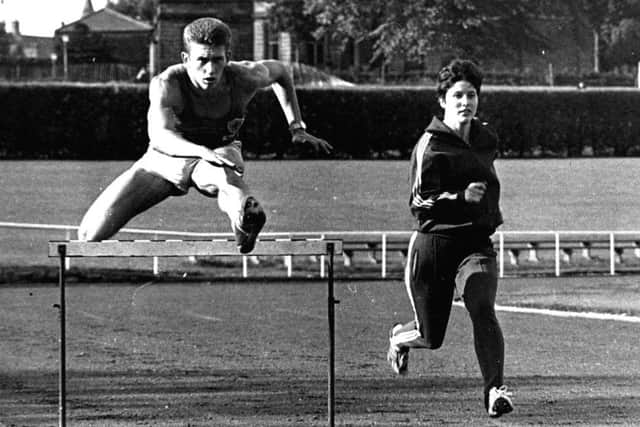

“That day a window to a new world opened for me. By the time I was back in my classroom, I knew what I wanted to do – what I wanted to be.”
The quote comes from a speech Coe delivered in the Far East 13 years ago that helped London breast the tape in the race to host the 2012 Olympics.
It was a significant speech, just as the London Games seven years later would prove hugely inspirational for stars present and future.
Advertisement
Hide AdAdvertisement
Hide AdThe moment Coe referenced 50 years ago this weekend, was one small part of a 1968 Games in Mexico City that changed sport and the politics around it forever.
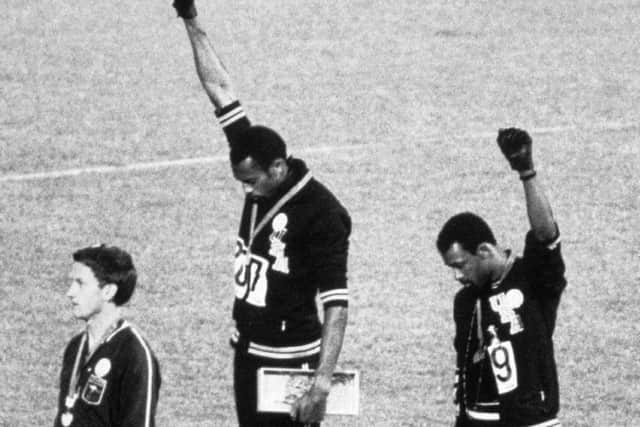

Mexico was the Olympics of Bob Beamon’s gravity-defying leap, of Dick Fosbury’s revolutionary backwards high jump and of a Black Power salute by Tommie Smith and John Carlos over civil rights issues.
The year 1968 had been one of marked civil unrest across the world. In America, Robert F Kennedy and Martin Luther King had been assassinated, while in Europe the ‘Prague Spring’ saw Czechoslovakian people revolt against the communist rule of the Soviet Union.
Smith and his fellow American, bronze-medallist Carlos, stood shoeless during the national anthem and raised black-gloved fists. For doing so, they were vilified back home, suspended from the US team and banned from the Olympics for life.
Advertisement
Hide AdAdvertisement
Hide Ad“We were just human beings who saw a need to bring attention to the inequality in our country,” said Smith years later.
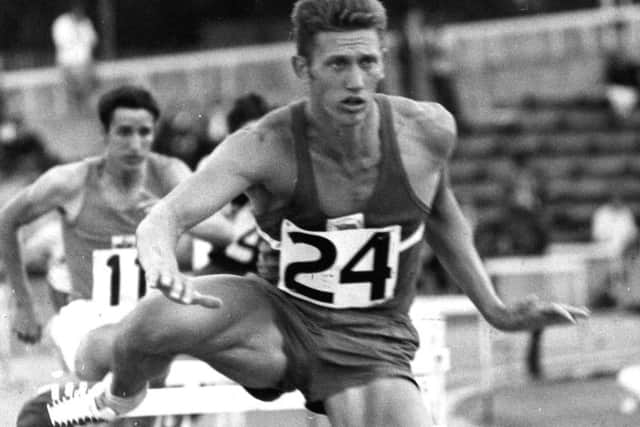

Their bravery was matched by the Czech gymnast Vera Caslavska, who was controversially beaten by Soviet athletes on both floor and beam, and deliberately looked down and away as their national anthem was played.
Caslavska, who had previously been openly critical of the Soviet invasion of her country, was banished in disgrace and effectively forced into retirement, resurfacing with honour only after the country’s Velvet Revolution of 1989.
The respective stands, allied with the feats of Beamon and Fosbury, took worldwide attention and are moments that echo down the decades.
Advertisement
Hide AdAdvertisement
Hide AdThe accomplishments of the Sherwoods – save for the emboldening effect they had on a young Sebastian Coe – might not have been as dramatic, but deserve honouring nonetheless.
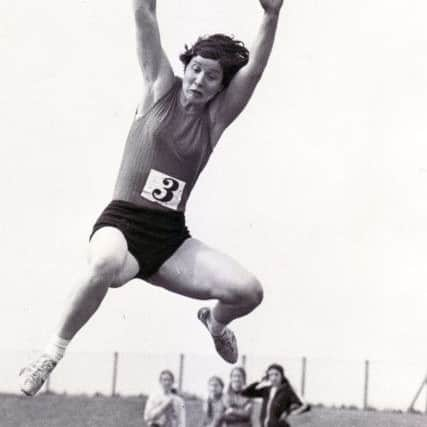

After all, how many spouses from Yorkshire have won Olympic medals?
Sheila Parkin was born in Sheffield in 1945, met John Sherwood at the Tokyo Olympics of 1964 and they were married three years later.
By then she was a Commonwealth Games silver medallist in the long jump, and on October 14, 1968, the Sheffield United Harriers athlete would match the colour of that medal in the Olympic final with a personal best leap of 6m 68cms. Just a few hours later, husband John – who was born in Selby also in the year the Second World War came to an end – won the bronze medal in the 400m hurdles, with a late burst from lane two.
Advertisement
Hide AdAdvertisement
Hide AdRather unfortunately, his feat was overshadowed by Great Britain team-mate David Hemery smashing the world record in taking the gold medal, an achievement that had the late BBC commentator David Coleman shrieking: “who cares who’s third – it doesn’t matter!”
It did to Sherwood. He and his wife returned to a hero’s welcome, first at Heathrow Airport and then to their local club where one impressionable young man in particular was in thrall.
“I stood for hours at my local track just to catch a glimpse of the medals the Sherwoods brought home,” said Coe in his Singapore speech 37 years later.
“It didn’t stop there. Two days later I joined their club.
“Two years later Sheila gave me my first pair of spikes. My journey here to Singapore started in that school hall and continues today – in wonder and in gratitude.”
Advertisement
Hide AdAdvertisement
Hide AdThe legacy of the Sherwoods lives on far beyond Coe’s memory. Mexico was not their finest hour, that came two years later at the Commonwealth Games in Edinburgh when they each won gold in their respective events.
After competing internationally, they played an active role in athletics in Sheffield for the next four decades, helping form and then coach at the City of Sheffield Athletics Club up until only a few years ago. John was also a PE teacher for 40 years before retirement in 2006.
Fifty years ago yesterday, this husband and wife from Yorkshire penned a small chapter in the record books of what was a watershed Games for the Olympic movement.
Mexico ’68 is remembered for amazing sporting feats and even greater examples of human bravery in the stances people like Smith, Carlos and Caslavska took – each to the cost of their athletic careers but ones which left a mark on sporting history.
Advertisement
Hide AdAdvertisement
Hide AdIt is also fondly recalled for Fosbury’s high jump technique that is seen as commonplace in modern athletics and for Beamon’s jump of 8m 90cms into the sandpit, a mark that stood for nearly a quarter-of-a-century.